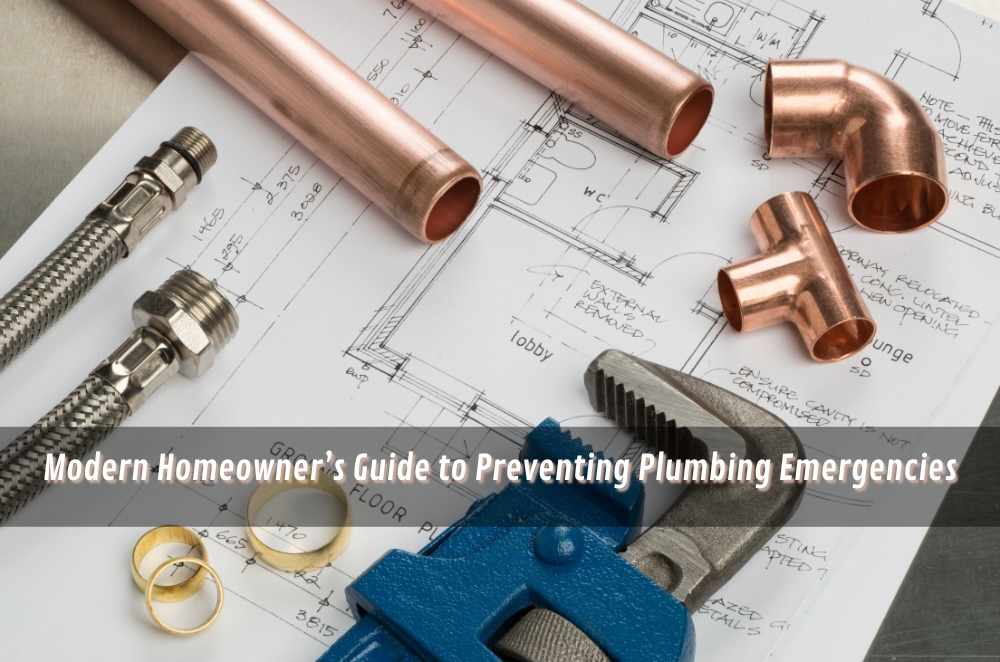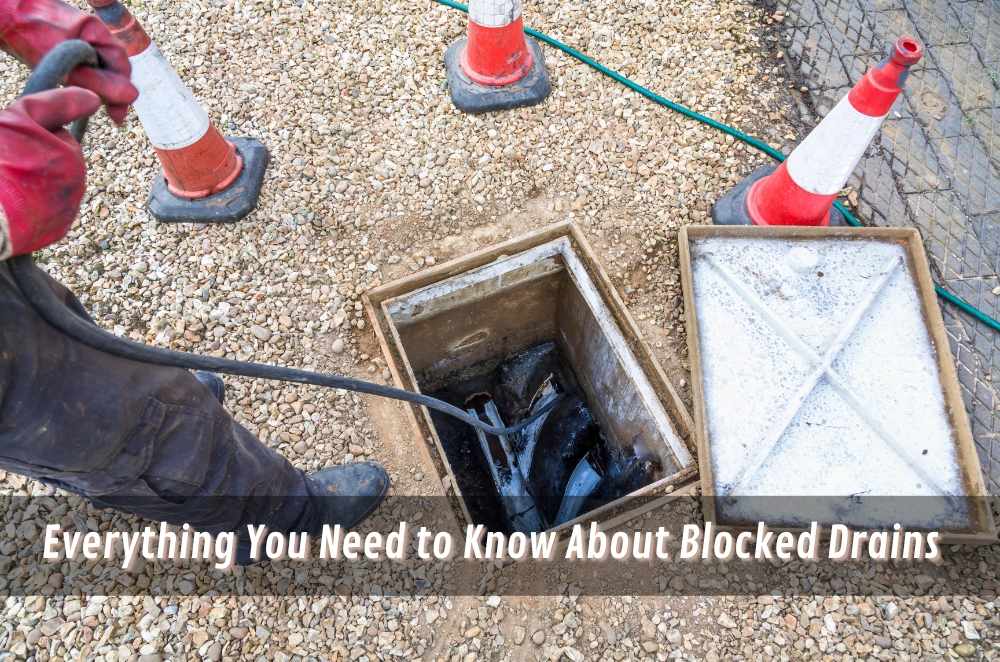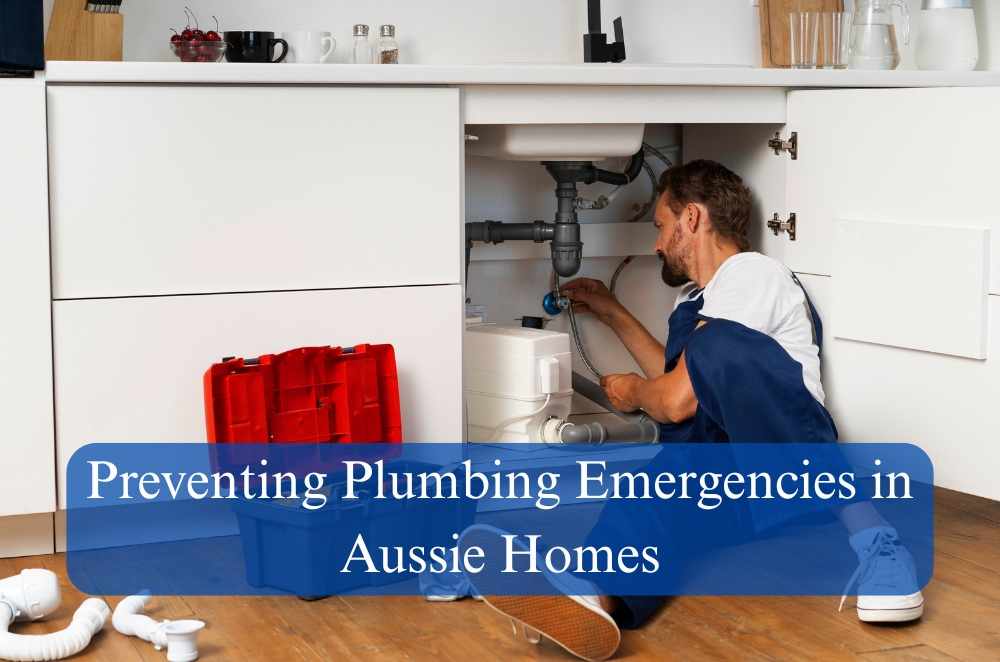
Let’s not sugar-coat it—old gas pipe fittings might be doing more harm than you think. For many Aussie homes—especially those built before the 1990s—there’s a good chance the original gas piping or fittings are still in place. They may look fine. They might even seem to work. But age, corrosion, or outdated connection types can silently increase the risk of leaks, carbon monoxide exposure, or even fire.
From what I’ve seen, it’s not just older houses at risk—renovated homes with legacy plumbing are often overlooked too. So the real question is: when are old gas fittings dangerous, and when are they safe enough to leave alone?
Let’s walk through what to check, what to avoid, and what to do if your home might be running on old connections.
What counts as an "old" gas fitting?
This isn’t just about age in years—it’s about the material, condition, and compliance of the fitting.
Some fittings that raise red flags:
Brass compression fittings from pre-1980s installations
Low-pressure soft copper pipes that weren’t designed for current supply loads
Tapered thread joints that rely solely on thread sealant rather than a mechanical lock
Worn-out gaskets or rubber seals degrading from heat and chemical exposure
I’ve inspected homes where fittings were over 50 years old and still being used with modern appliances. Not only is that risky, but it’s often out of step with current gas fitting safety regulations in Australia.
How to tell if your fittings are too old
Short of cutting into the wall (please don’t), here’s what you can look for:
Discolouration or greenish corrosion around visible joints
Stiff or cracked rubber seals where flex lines meet appliances
Fittings that wobble or feel loose
Old-style connection methods (e.g. soldered joins, no crimp collars)
Gas smell—even faint—anywhere near outlets
Some issues will show up in plain sight. Others only surface during an appliance replacement or pressure test. If a new hot water system or cooktop is installed and the plumber flags “non-compliant fittings,” don’t ignore it. That’s your early warning.
Why it’s risky to leave them in place
Here’s the thing—gas doesn’t give many second chances.
Old fittings can fail in unpredictable ways. A cracked seal might slowly leak for weeks before triggering a carbon monoxide alarm. A loose joint might shift under appliance vibration. A fitting that looks fine externally might have hidden corrosion or fatigue on the inside.
One homeowner I worked with in Parramatta had a minor oven leak. Turned out the original copper gas line had a brittle flared fitting behind the cabinetry. A gentle nudge during cleaning caused it to split—and the kitchen had to be evacuated.
Another case in point: a property in the Blue Mountains had a slow leak caused by a rubber washer installed in the 1970s. The homeowner had no idea until their gas bill doubled and they started feeling lightheaded in the mornings. A basic pressure test revealed a drop—something that would've gone unchecked without a safety audit.
A note on materials: not all metal is created equal
A common misconception is that metal = safe. But the type of metal matters. For example:
Galvanised steel was once widely used, but it corrodes over time, especially underground.
Copper is still used today, but only when crimped, not flared or soldered.
Flexible stainless steel hose is now standard in modern homes, but it must be supported, not kinked.
The point? A pipe’s appearance doesn’t always tell you how it's performing.
Common warning signs and symptoms
If you’re seeing any of the following, it’s time to act:
Yellow or flickering flames on your cooktop.
Appliances that won’t stay lit or frequently shut off.
Higher-than-usual gas bills with no change in use.
A faint "rotten egg" smell, especially near appliances or meters.
Frequent headaches or dizziness in certain rooms (possible CO exposure).
These might point to ageing fittings, leaks, or inefficient flow caused by outdated setups.
Here’s a great companion article on the signs of gas pipe corrosion.
When should you replace old gas pipe fittings?
Short answer? If they’re original to a home built before the late '80s, replace them. If they’ve been tampered with, mismatched, or extended without certification, replace them.
But even newer fittings can fail early due to:
Poor installation.
UV or heat exposure.
Exposure to corrosive cleaning agents.
Rodent damage or physical stress.
The good news? Licenced plumbers can now install crimped copper or flexible stainless steel piping, which are safer and longer-lasting. Retrofitting isn't always expensive and can save your household from serious risk.
After renovations? Don't forget to recheck
Post-renovation is one of the most common times when gas fitting issues get missed. A kitchen refit or bathroom remodel might shift appliances or gas lines slightly, causing strain on joints. But many renos don’t include a gas compliance check—unless the homeowner specifically asks.
It’s an easy win: once your kitchen or laundry is refitted, ask your plumber to perform a final pressure and compliance test. It only takes 15–30 minutes and ensures your new investment isn’t sitting on old, brittle connections.
When in doubt, get it checked
Not sure what’s behind your oven or hot water system? You’re not alone.
A basic safety check from a licensed plumber can:
Spot worn or outdated fittings early.
Identify sub-par previous work (yes, it happens).
Give you peace of mind—and a compliance certificate if needed.
Think of it like a smoke alarm check. It might feel minor, but the stakes are high.
Related risks beyond just gas fittings
Don’t forget—gas is usually just one part of a home’s ageing infrastructure.
If you’ve got old gas pipes, chances are your plumbing or electrical systems are dated too. And like gas fittings, these can quietly degrade behind walls and under floors. That’s why it’s smart to take a whole-of-home approach.
Want a deeper dive into this? Here’s a recommended external read on the risks of outdated plumbing systems.
Final thoughts
If you’re living in—or renovating—an older Aussie home, old gas pipe fittings should never be left to guesswork.

Yes, some fittings might be safe. But others could be fragile, non-compliant, or already leaking in ways you haven’t noticed. Getting them inspected (and upgraded if needed) isn’t just best practice—it’s peace of mind.
From what I’ve seen, most people don’t even realise what’s behind their cooktop or heater. But once you know, you can act.
If you’re unsure where to start:
Book a licenced plumber for a full gas safety inspection.
Ask if your existing fittings meet current code.
Don’t wait until something smells off—by then, it’s often too late.










Write a comment ...